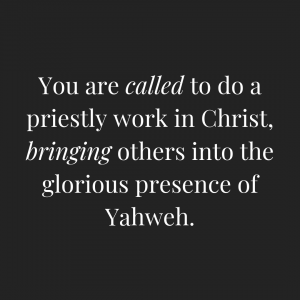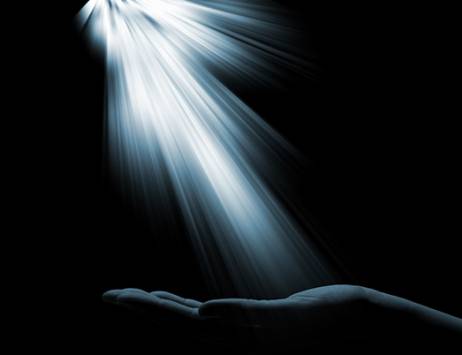Take your Bible and open it to Psalm 120.
Do you notice a little subheading just below the chapter number? Do you see “A Song of Ascents” (NKJV) or “A Song of Degrees” (KJV)?
As you scan ahead to Psalm 121, Psalm 122—all the way to Psalm 134—you will see the same subheading.
These fifteen beautiful psalms of ascents were sung by Jewish travelers (which at one point, included a twelve-year-old Jesus and His family) on their uphill journey to Jerusalem. Hence, the word ascents.
After reaching Jerusalem, the travelers then climbed the fifteen steps leading into the temple courts, singing one psalm per step. When they reached the top step, they walked through the Huldah Gates into the temple of the Lord. That had to be a powerful experience!
My wife, Cindy, and I take tour groups to Israel every summer. When we do, we climb these same fifteen steps, reciting these same fifteen psalms, in the great tradition of all the Yahweh-worshippers who have gone before us.
However, unlike Yahweh-worshippers of the past, we will never be able to enter into the temple in Jerusalem because it was destroyed in AD 70. We will never be able to stand in the temple courts, to hear the Levites sing, to watch the priests enter into the Holy Place.
The truth is worshiping the Lord today isn’t anything like worshiping the Lord in AD 18.
It’s way better!
You see, during the time that Jesus walked the earth, the when, where, and who of entering the temple and its courts was greatly limited.
- Court of the Gentiles: anyone could enter.
- Court of the Women: only Jewish men and women were allowed, but women could go no further except when offering a sacrifice.
- Court of the Israelites: only Jewish men could enter.
- Court of the Priests: as the name implies, only priests were allowed here.
- Holy Place: only selected priests could enter.
- Most Holy Place, or Holy of Holies: the high priest was allowed and only once a year.

The Holy of Holies
Solomon’s temple was glorious, and many traveled far to see it. But only one person on the planet—and only one day each year, the Day of Atonement—was allowed access into the presence of the Lord Himself. Everyone else was forbidden to enter the Holy of Holies.
Then something dramatic happened.
One Friday afternoon in around AD 31, the entire system of temple access was set aside. A few hundred yards from the temple, in a rock quarry, a thirty-three-year-old man cried out, “It is finished!”—more literally, “Paid in full!” And when He did, the temple curtain separating the Holy of Holies from the rest of the world was torn from top to bottom!
For the first time, ordinary people—anybody standing nearby—could peer directly into the Holy of Holies.
What was happening? A new High Priest was taking over, breaking down the barrier between God and humanity, because this man was both God and human.
Forty days later, this same High Priest, Jesus Christ, returned to “the true tabernacle” in heaven (Hebrews 8:2 NKJV), presenting Himself both the High Priest and as a lamb freshly slain (Revelation 5:6 NKJV). Christ then unleashed His Spirit throughout the entire earth, filling His followers with spiritual gifts, languages, and the realization that they were now “a chosen generation, a royal priesthood” (1 Peter 2:9 KJV) serving their High Priest, Jesus Christ.
One of those who realized the enormity of what had happened would later write a letter to Hebrew readers. The book of Hebrews was, perhaps, directed to former priests who needed assurance that they were doing the right thing in turning to a new priesthood and a High Priest who never changes. This dramatic change can be summed up in this:
“Therefore, brethren, having boldness to enter the Holiest by the blood of Jesus, by a new and living way which He consecrated for us, through the veil, that is, His flesh, and having a High Priest over the house of God, let us draw near with a true heart in full assurance of faith” (Hebrews 10:19–22).
In the high priesthood of Jesus Christ, you are also a priest. You have direct access to God the Father through the veil of the flesh of His Son. And you are called to do a priestly work in Christ, bringing others into the glorious presence of Yahweh.
###
With more than 2 million copies sold, it’s no secret that the NKJV Study Bible is a reliable guide for your journey into God’s Word. This Bible provides a complete resource for study, including thousands of notes, articles, extensive cross-references, and features contributed by top evangelical scholars.






